EVOLUTION OF LOCAL GOVERNMENT IN NIGERIA, ITS DEVELOPMENT AND IMPACT
2.2 CONCEPT OF ORGANIZATION
An organization serves to bind the various individuals in the endeavor and integrate their separate activities along a single direction to achieve common goals. It is emphasized that organization mobilized diverse resources within the structure.
And that, it is a mechanism for countering those competitive forces which would undermine human collaboration.
It was also identified that, it is designed to minimized the conflicts and neutralize the effect of individual behaviors which deviates from group standard Hanper, 1964.
Organization can be viewed as a system, a set of related and interacting subsystem that perform functions directed at reaching a common goal.
It is observed that, organization introduces stability in the inter group relationship. And that, in it there are always organization goal.
While a service organization, in contrast produces largely intangible goods that can not be stored e.g Doctor, lawyers Accountants etc produced customized labour in the form of advices and services can not be performed without customers contact and participation.
2.3ORGANIZATIONAL PRODUCTIVITY
Within an organization stand point, many think of production as being a measure of labour normally expressed as output per hour. It was actually expressed that it is a much broader concept than that. And that productivity is any output toinput ration for the firm as a whole output includes all goods and services produced during a given time.
While input include all resources consumed to produce these output. Labour is one of the input resources but so for are capital, material and energy it was also stated that, whatever the level of analysis, productivity can be measured Samuelson 1969.
Organization productivity was formally defined as the ratio of organizational total output to total input, adjusted for inflation, for a specified period of time Jack, 1986 productivity can be also said to be a measure of how well and operational system functions and indicator of the efficiency and competitiveness of a single firm or department. Staffing that the higher the numerical value of this ratio of output to input the greater efficiency stone, Freeman and Daniel, 2000.
EFFECTIVENESS/EFFICIENCY
Efficiency is the ability to minimize the use of resources in achieving organizational objectives doing things right And effectiveness means dong the right thing stoner, 2000.
Organizational effectiveness is a measure of whether or not organizational objectives are accomplished Kreater, 1995 in contrast; he stated that efficiency is the relationship between outputs and inputs. He also emphasized that, only monopolies can get way with been effective but not efficient considering an era of diminishing resources and increasing concern about civil rights, society is reluctant to label effective any organization that wastes scarce resources or tramples on civil rights.
It was concluded that, the achieving process of determining the proper weighting of organizational effectiveness criteria is endless one requiring and frequent review and updating.
Output in the public services is not always quantifiable and efficiency therefore cannot be measured on this basis. It was explain that, the public service that have measure outputs performance standards and target can be set with such degree of ambition as may be justified, where managers are not able to measure the service, the emphasis must be on securing their constant their job. They must redefined their responsibilities and objectives in most fundament at the lowest cost. Augustus, 1989 web of the law and regulations covering employment practices, working conditions, job safety, pensions, product, safety, pollution and competitive practices there is need to strike a generally acceptable balance between organizational and society goods. Adeboye, 1989.
2.4THEORETICAL FRAMEWORK
The concepts and model of motivation which provide the theoretical foundation for motivation shall be reviewed in detail to enhance the understanding of the basis subject of the study.
2.4.1MOTIVATION
Motivation is that which derives people forward and more than towards goal attainment. Four theories of motivation emerged as most influential and each approach the motivation process from a different angle each has supporters and detractors.
i.Maslows needs hierarchy theory
ii.Hertzbergs two factor theory
iii.Expectancy theory and goal setting theory Krentner, 1995.
Abraham Maslow proposed that people are motivated by a predictable fivestep hierarchy of needs. He emphasized that people always have needs and when are need is relatively fulfilled others emerge in predictable sequence to take its place from bottom to top.
Maslows need hierarch includes physiological, safety, love esteem and self actualization.
Maslows theory teaches managers a lesson, that a fulfilled need does not motivate an individual.
Herberg 1980 proposed a theory of motivation stating the employee motivation si based on satisfaction. His theory implies that a satisfied employee is motivated from within to work hander and a dissatisfied employee is not selfmotivated.
Herbergs research uncovered two classes of factors associated with employee satisfaction and dissatisfaction.
He drew up a list of factors responsible for selfmotivation, which included opportunity to experience achievement, receive recognition, work on an interested job, take responsibility and experience advancement and growth. He emphasize task itself.
While dissatisfies include:
1.Company policy and Administration
2.Work conditions
3.Salary
4.Relationship with peers
5.Personal life
6.Relationship with subordinates
7.Status
8.Security
9.Supervision.
He also identified additional dement required to satisfy and motivate employees meaningful, interesting and challenging work. And that money is a weak motivational tool, it can only dominate dissatisfaction. Maslows and Hertzbergs theories have been criticized for making unsubstantiated generalization about what motivates people.
Expectancy theory is a motivational model based on the assumption that motivation strength is determine by perceived probabilities of success Brooms, 1960, this expectancy approach not only appeals strongly to common seize, it has received encouraging empirical support from researchers. And motivation was a direct relationship with productivity.
Original price was: ₦3,200.00.₦3,000.00Current price is: ₦3,000.00.

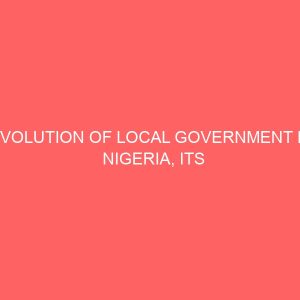
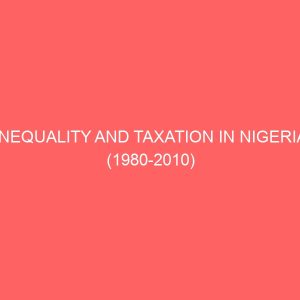
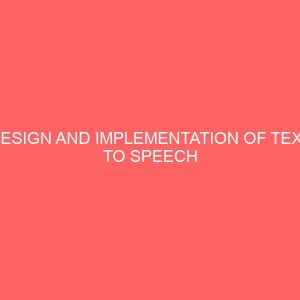
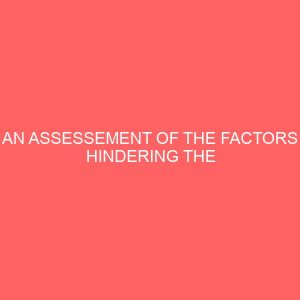
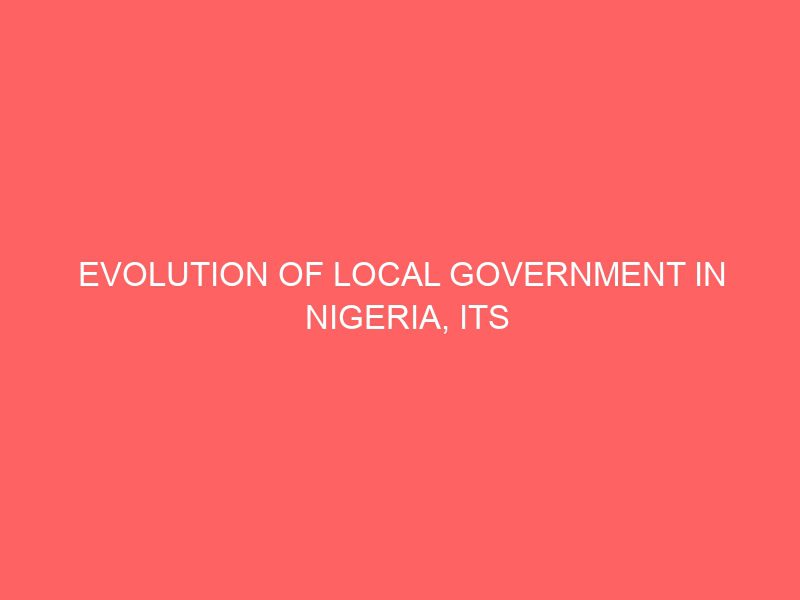
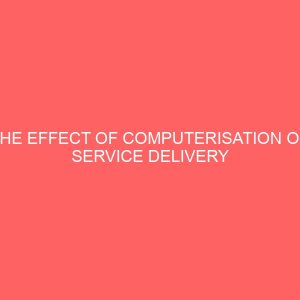
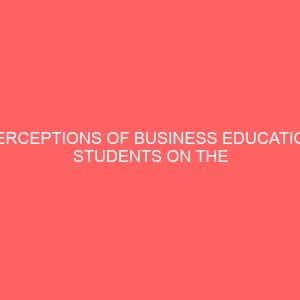
Reviews
There are no reviews yet.